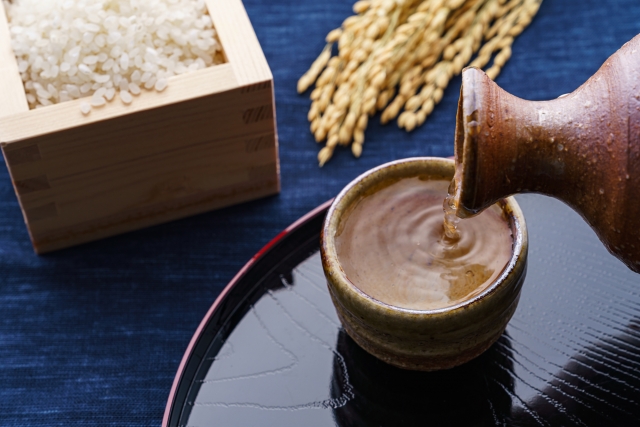
Embarking on the journey through the world of sake begins with understanding its varied types. Sake, Japan's storied beverage, comes in several distinct styles, each offering a unique taste profile and brewing technique. From the pure, unadulterated flavors of Junmai to the refined and aromatic notes of Ginjo and Daiginjo, this segment aims to demystify the categories of sake. By exploring the characteristics that define each type, enthusiasts and beginners alike can navigate the rich landscape of sake with greater ease and appreciation.
Types of sake and The Rice Polishing Ratio

One of the most important factors in determining the type of sake is the rice polishing ratio, also known as seimai buai. The higher the polishing ratio, the more refined and aromatic the sake will be. Here are some key categories based on this ratio:
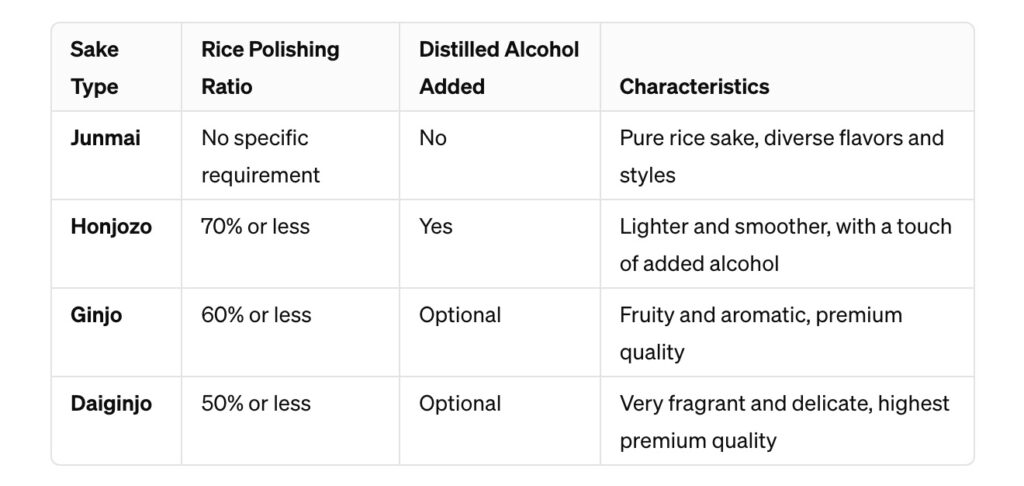
Junmai
Junmai sake is made exclusively from rice, water, koji mold, and yeast, without any added distilled alcohol. It's known for its rich, full-bodied flavor and a rice polishing ratio of at least 70%.
- Example Brand: Hakutsuru Junmai Sake
Ginjo
Ginjo sake has rice polished to at least 60%, resulting in a light, fruity, and complex flavor profile. It's a premium category that may include a small amount of added alcohol.
- Example Brand: Tozai "Snow Maiden"
Daiginjo
Daiginjo is the top tier of sake, with rice polished down to at least 50%, offering an even more refined and aromatic taste than Ginjo.
- Example Brand: Dassai 39
Honjozo
Honjozo sake includes a small amount of brewer's alcohol, with rice polished to at least 70%. It's lighter and can have a more fragrant aroma than Junmai.
- Example Brand: Gekkeikan Traditional
Each type showcases the diversity and artistry of sake brewing, providing a range of flavors and experiences for enthusiasts to explore.
Junmai Ginjo
Junmai Ginjo sake is crafted from rice polished to at least 60%, removing the outer layers to enhance flavor. This type offers a balance between aroma and taste, resulting in a light and slightly fruity profile.
- Example Brand: Kikusui Junmai Ginjo
"Kikusui" is a renowned Junmai Ginjo sake appreciated for its clean, floral, and fruity notes, making it a favorite among beginners for its accessibility and delightful taste.
Junmai Daiginjo
Junmai Daiginjo represents the pinnacle of sake brewing, with rice polished to at least 50%, creating the most refined and aromatic sake. It's celebrated for its delicate, complex flavors and smooth finish.
- Example Brand: Dassai 23
"Dassai 23" is a standout Junmai Daiginjo, offering an exquisite bouquet and a silky smoothness that epitomizes the craftsmanship of sake brewing.
Futsū-shu (Ordinary Sake)
Futsū-shu is the most accessible and widely consumed sake type, not bound by the strict polishing ratios of premium categories. It offers a straightforward, versatile taste profile that can range from sweet to dry.
- Example Brand: Gekkeikan
"Gekkeikan" is a classic example of Futsū-shu, offering a harmonious balance of flavor and aroma, serving as an excellent introduction to the world of sake.
Unique Varieties of Sake: Beyond the Basics
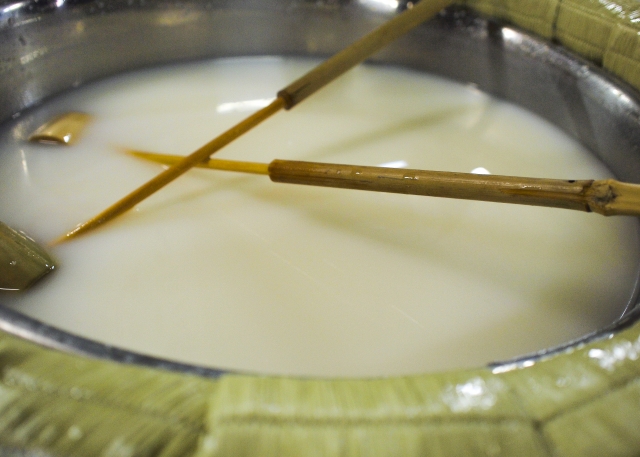
Namazake: The Unpasteurized Delight
Namazake offers a fresh and lively profile, cherished for preserving the sake's raw, vibrant flavors.
Sparkling Sake: Bubbly with a Twist
This effervescent variety introduces a playful, sparkling experience to the sake world, combining traditional flavors with a modern, bubbly twist.
Doburoku: The Rustic Sake Experience
Doburoku presents a cloudy, homebrewed style, reminiscent of sake's rustic, agricultural roots.
Nigori Sake: The Charm of Cloudiness
Nigori Sake is characterized by its creamy, semi-opaque appearance, offering a sweeter, more textured sip.
Koshu: Savoring Aged Sake
Koshu reveals the depth and complexity that comes with aging, unfolding rich, nuanced flavors over time.
Kimoto and Yamahai: The Traditional Brew Methods
These ancient brewing methods emphasize natural, labor-intensive processes to develop deeper, more robust flavors.
Genshu: Sake in its Purest Form
Genshu is undiluted, offering a stronger, more intense expression of sake's intrinsic tastes.
Amazake: The Sweet, Non-Alcoholic Treat
Amazake is a sweet, nourishing beverage, often enjoyed for its health benefits and gentle sweetness.
Flavored Sake: Fusion of Tastes
Flavored Sake explores innovative infusions, blending sake with fruits, herbs, and other flavors for a unique drinking experience.
Each of these varieties showcases the diversity and versatility of sake, inviting enthusiasts to explore the breadth of flavors and traditions within Japan's iconic beverage.
Other Factors Influencing Sake Types:
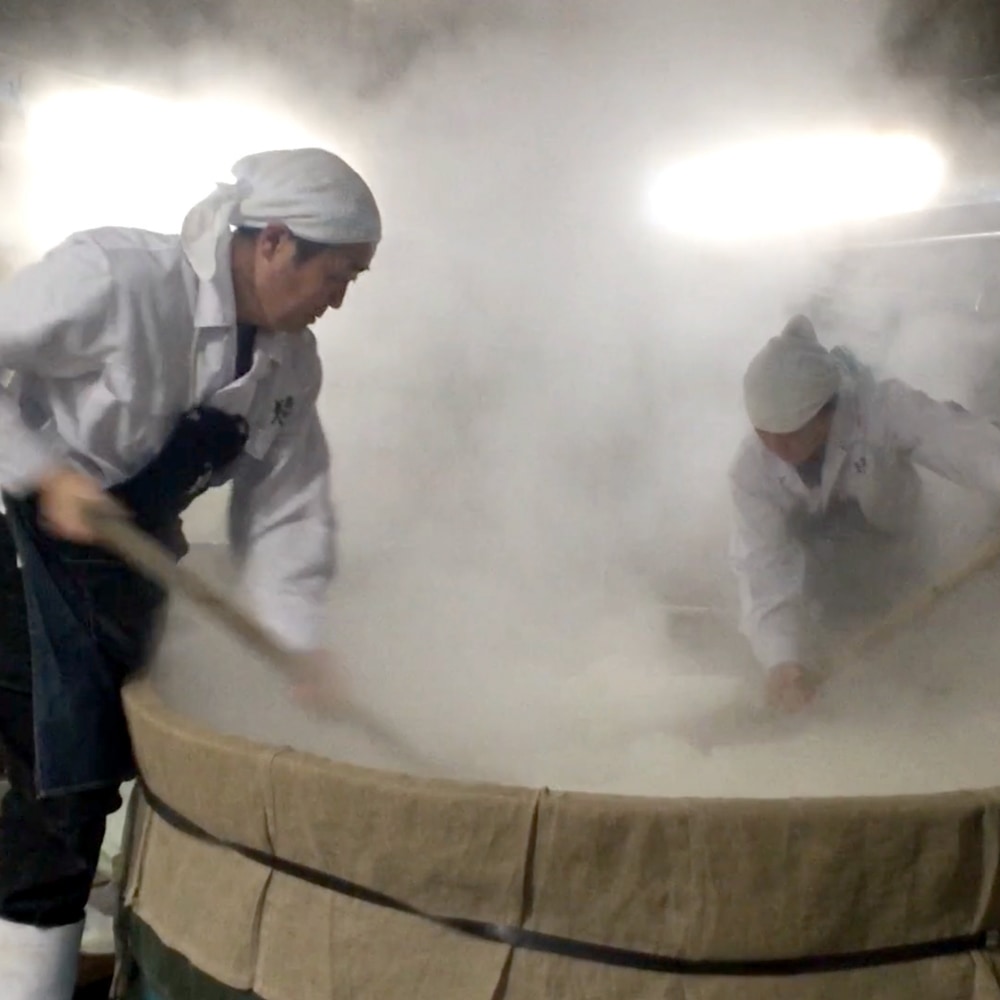
- Added Alcohol: Some sake varieties have distilled alcohol added, which can enhance certain characteristics or make the sake more affordable.
- Yeast: Different types of yeast can impart unique flavors and aromas to the sake.
- Water: The quality and mineral content of the water used in brewing can impact the final taste of sake.
- Aging: Some sake varieties are aged in tanks or wooden barrels for additional complexity and flavor development.
- Filtration: Sake can be filtered to remove impurities and achieve clarity, or left unfiltered for a cloudy appearance and richer flavor.
How to Choose Your Sake
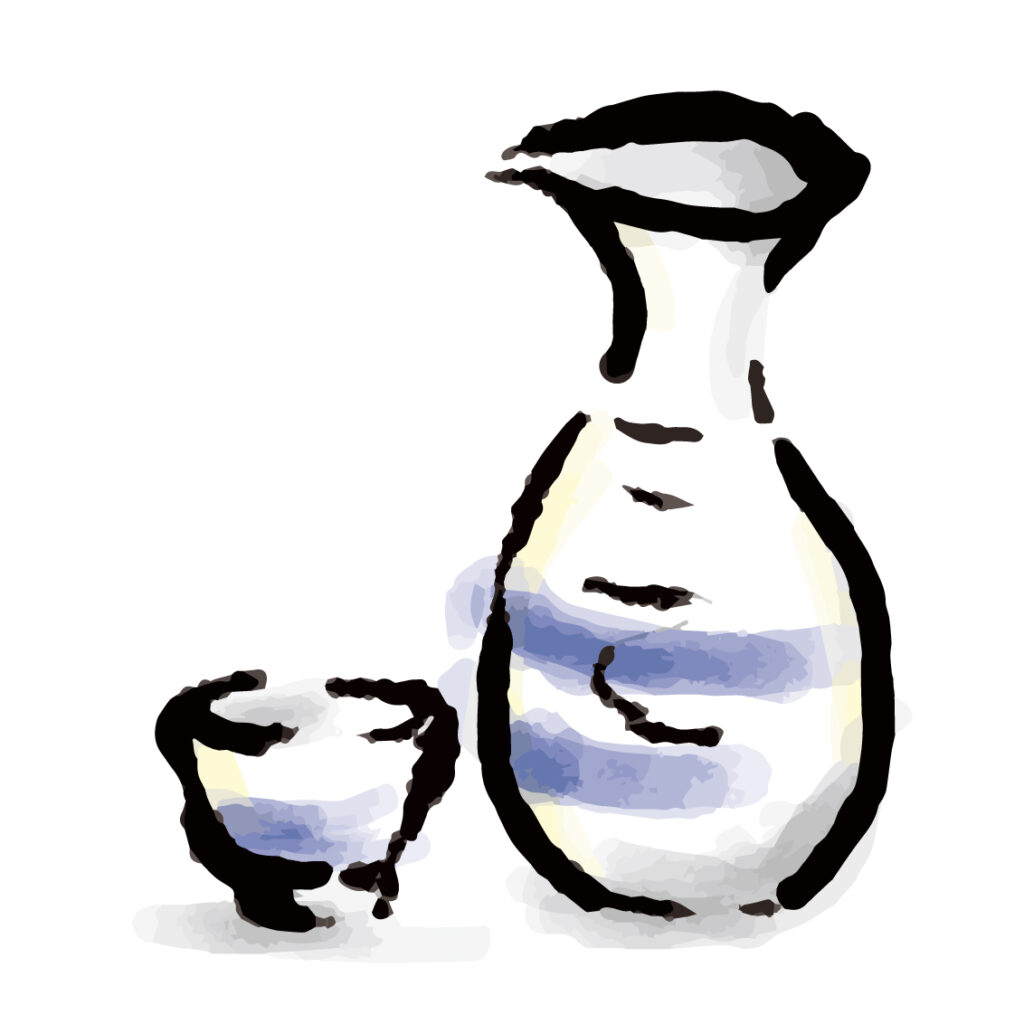
Reading Sake Labels: A Beginner's Guide
Navigating sake labels is crucial for beginners. They offer insights into the sake's type, brewing method, and flavor profile. Key terms like "Junmai" and "Ginjo" indicate purity and quality, while additional labels may suggest sweetness levels, serving recommendations, and origin.
The Importance of Rice Polishing Ratio
The rice polishing ratio (seimai buai) significantly affects sake's flavor and quality. Lower ratios mean more of the rice grain is polished away, leading to finer, more aromatic sake. Understanding this ratio helps in choosing sake that aligns with your taste preferences.
Sake Flavor Profiles: From Dry to Sweet
Sake's flavor spectrum ranges from dry (karakuchi) to sweet (amakuchi), influenced by factors like rice type, yeast, and brewing conditions. Beginners should explore various profiles to discover their personal preference, starting with well-balanced varieties to appreciate the breadth of sake flavors.
These guidelines aim to simplify the sake selection process, encouraging beginners to explore and enjoy the diversity of sake.
Conclusion:
The world of sake is vast and exciting, offering a diverse range of flavors and styles to explore. Embrace the journey of discovery, experiment with different types and brands, and find the perfect sake to elevate your dining experience. Remember, the best way to learn about sake is to taste it!
Resources:
- Sake School of America: https://www.sakeschoolofamerica.com/
- The Sake Education Council: https://sakeeducationcouncil.net/
Glossary:
- Koji: A type of mold used to convert starches into sugars during sake brewing.
- Moromi: The mixture of rice, koji, water, and yeast during sake fermentation.
- Seimai buai: The rice polishing ratio, which affects the final flavor and quality of sake.
- Umami: A savory flavor often described as "meaty" or "brothy."
